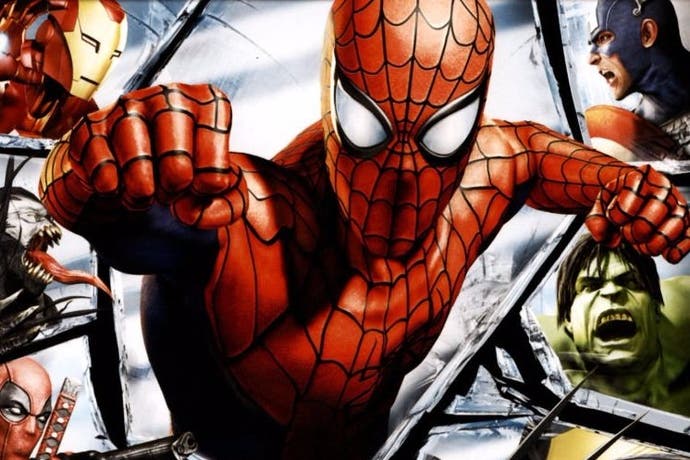Face-Off: Marvel Ultimate Alliance 1/2
Are these new ports really as bad as the reports say they are?
A remaster that came out of nowhere, Marvel Ultimate Alliance and its sequel arrive on current-gen consoles (with a PC port of the sequel) but it's fair to say that the experience falls well short. The extent of the disappointment is as variable as the quality of the ports themselves and indeed the platform you choose to play them on. Uneven frame-rates and some horrific bugs show up the lack of polish embellished on these conversions and to be frank, we deserved so much more.
And when we talk about variation in quality between the quality of the ports, we aren't joking. There's a massive difference between the first two games, with the original offering up shaky performance levels while bizarrely, the sequel delivers far more consistent frame-rates. Both games run at native 1080p on PS4 and Xbox One with post-process anti-aliasing in play. This lends the presentation a smoother, more refined look over the 1080p mode found in the first Ultimate Alliance on PS3, which operated with the full pixel count but utilised no AA at all. A similar set-up is also present on PC, where graphical settings are limited to high, medium, and low presets, though you can of course adjust resolution and toggle v-sync.
For the most part all three versions share the same level of asset and effects quality, although there are some differences in places. For example, shadows are unfiltered on Xbox One and PC in the first game, leading to pixelation around these elements, while normal maps are handled differently in the sequel on Microsoft's console, with brickwork appearing slightly flatter as a result.
These are relatively small visual blemishes in the grand scheme of things, and don't always stick out noticeably during gameplay, but on the whole it's the PS4 version that provides the most refined presentation across consoles in both titles. And on top of that, it's better than the PC version of the original game too.
Visual quality isn't really our point of contention on consoles, though - that comes down to performance. The original Ultimate Alliance disappoints here with uncapped frame-rates that provide a highly inconsistent gameplay experience. The game does hit 60fps in scenes with little in the way of geometry detail and effects, but this level of performance doesn't last for long.
Instead, on PS4 we're looking at a 30-40fps game, where uneven frame delivery creates stutter and variable controller response. It's a clear upgrade over the often hilarious 15-20fps playback seen on PS3 in its native 1080p mode, but falls way short of the solid 60fps expected for a last-gen game running on modern consoles.
Frame-rates are higher in the Xbox One version, with 35-55fps in matching scenes, though this doesn't always translate into smoother gameplay. Performance is still variable, and stuttering can appear worse than PS4 due to the larger difference in lower and higher frame-rates. However, there are moments where the experience is clearly better on Microsoft's console: at points the game delivers a locked 30fps, and this provides a much better degree of stability. The difference is night and day in these sections, and a 30fps cap (optional, if necessary) deployed across the entire game would solve most of the game's performance issues in both consoles.
Moving over to Marvel Ultimate Alliance 2, surprisingly we get a clear improvement in terms of performance, with higher frame-rates and more consistency. Based off the first level alone, the sequel targets a 60fps update and rarely drops below that level. Coming from the disappointing original it's a revelation: controls feel consistent and responsive and motion is free of judder.
In more demanding scenes, frame-rates briefly drop down to 30fps when large explosions and alpha effects are on-screen, but the desired 60fps refresh is quickly re-established. Gameplay is rarely affected, and the overall experience is just a lot more polished. It's more in-line with what you'd expect from a 1080p60 remaster, even if we don't quite get the full lock to the target frame-rate we would have wanted.
You can skirt around console performance issues on PC, but this brings with it a different set of problems. We didn't encounter any glaring issues with the original Ultimate Alliance, but the sequel is in a buggier state, with a number of game-breaking bugs that cannot always be resolved. Controls that don't work as they should, regular crashes, and visual glitches are just some of the issues that have been documented by angry players.

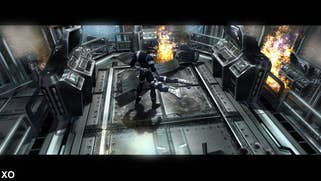

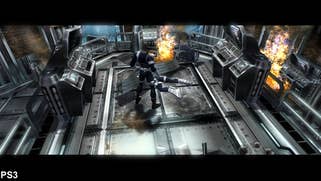
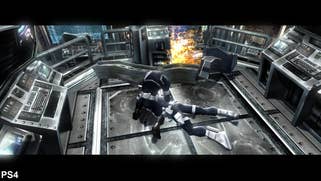
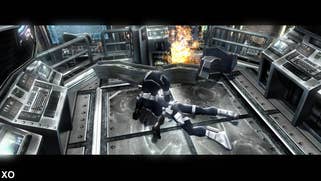

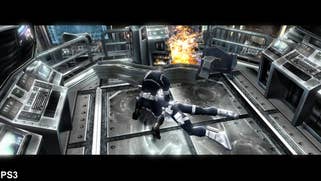
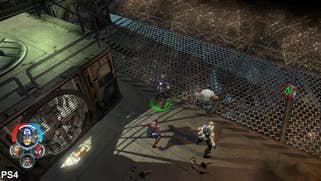
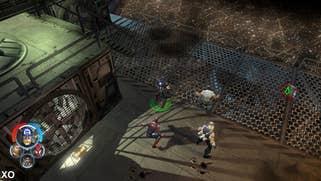

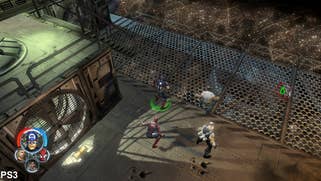



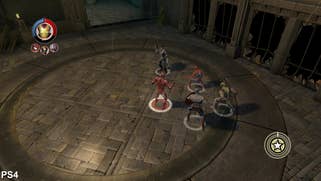
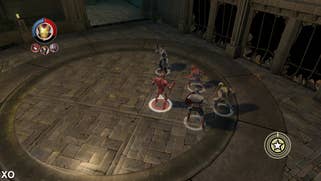
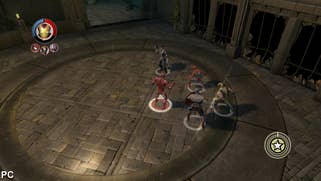
Curiously, these did not manifest during our time with the game, but the experience was still rendered virtually unplayable by heavily distorted audio, which lead to effects, vocals, and even music sounding garbled. Curiously, the audio is only affected during gameplay and the menu screens, while the video cut-scenes play back just fine with clear sound.
Unfortunately, at the time of writing, there is no patch available to fix the glaring bugs on PC, and in terms of the audio issue, restarting the game and indeed the PC itself had no effect. Right now, without an update to resolve these problems, we can't recommend buying Ultimate Alliance 2 on PC - and that's a shame as the sequel is more interesting from a gameplay perspective.
Thankfully, there are no issues on console with this sequel, which delivers mostly solid gameplay at high frame-rates, and out of the two games it's definitely the one that worth revisiting. However, at the same time it's disappointing that the same level of quality isn't found with the original game, which just doesn't perform as well as it should.
We're not quite sure what happened here, but as things stand, the PC version of Ultimate Alliance 2 is not fit for purpose, while the original game on console really needs an update to improve performance. Hopefully, the publisher will listen to the complaints raised from fans and sort out these issues, but for now Ultimate Alliance 2 on PS4 and Xbox One is the only version which looks like a worthwhile buy for fans looking to revisit this franchise on more modern hardware.
